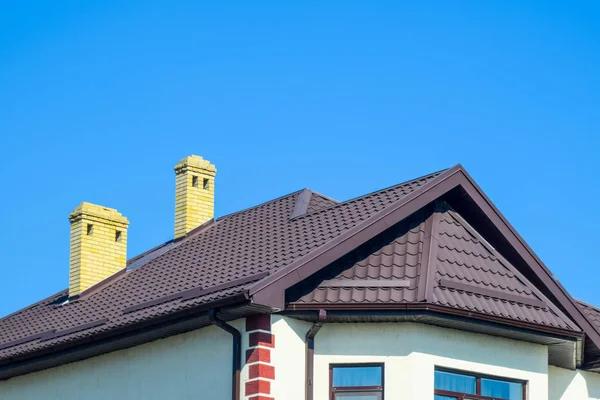Roof ventilation is an essential aspect of home maintenance that often goes overlooked. Proper roof ventilation not only helps in maintaining the longevity of the roof but also contributes to energy efficiency, indoor air quality, and overall comfort inside a home. When planning for a roof replacement or installation, incorporating effective ventilation strategies can lead to better outcomes.
Firstly, it’s important to understand why proper roof ventilation is crucial. Inadequate ventilation can lead to heat buildup during summer months causing shingles and other roofing materials to deteriorate prematurely. During winter, warm air from inside may condense in the cooler attic leading to moisture accumulation which can result in mold growth and structural damage over time.
One fundamental tip when considering roof replacement or installation is understanding your home’s specific ventilation needs. This depends on factors like your local climate, the size and design of your house, and the type of ARICA Roofing & Construction, LLC Jacksonville material used. A professional roofer or a building scientist can help determine these specifics.
Balancing intake and exhaust vents is another critical aspect for efficient roof ventilation system. Intake vents are typically placed along the soffits (the underside part of a roof overhang), allowing cool air into the attic space while exhaust vents located at or near the peak allow hot air out. This natural flow keeps temperatures regulated within your attic space preventing any potential damage due to extreme temperature fluctuations.
Moreover, consider installing ridge vents which run along with each peak providing an unbroken line for heat escape while blending seamlessly with your home’s aesthetics compared to traditional box or turbine vents that protrude from roofs’ surface.
However, more than just having enough vent openings; their placement matters too! It’s best practice placing them evenly across your entire roof avoiding any ‘hot spots’. Also remember not all vent types work well together; mixing different styles may disrupt airflow causing more harm than good hence sticking with one type throughout ensures consistent performance.
Lastly but importantly: regular maintenance! Keep vents clear of dust, debris or nests that can block airflow. Inspect them periodically especially after storms for any damages.
In conclusion, while proper roof ventilation may seem like a minor detail during a roof replacement or installation process, it’s benefits are far-reaching. It not only extends the lifespan of your roofing materials but also helps maintain a comfortable indoor temperature and prevents potential structural damage to your home. Therefore, investing time and resources in planning an effective ventilation strategy will undoubtedly pay off in the long run.
ARICA Roofing & Construction, LLC
3983 Kaden Dr E, Jacksonville, FL 32277
904-650-3620

